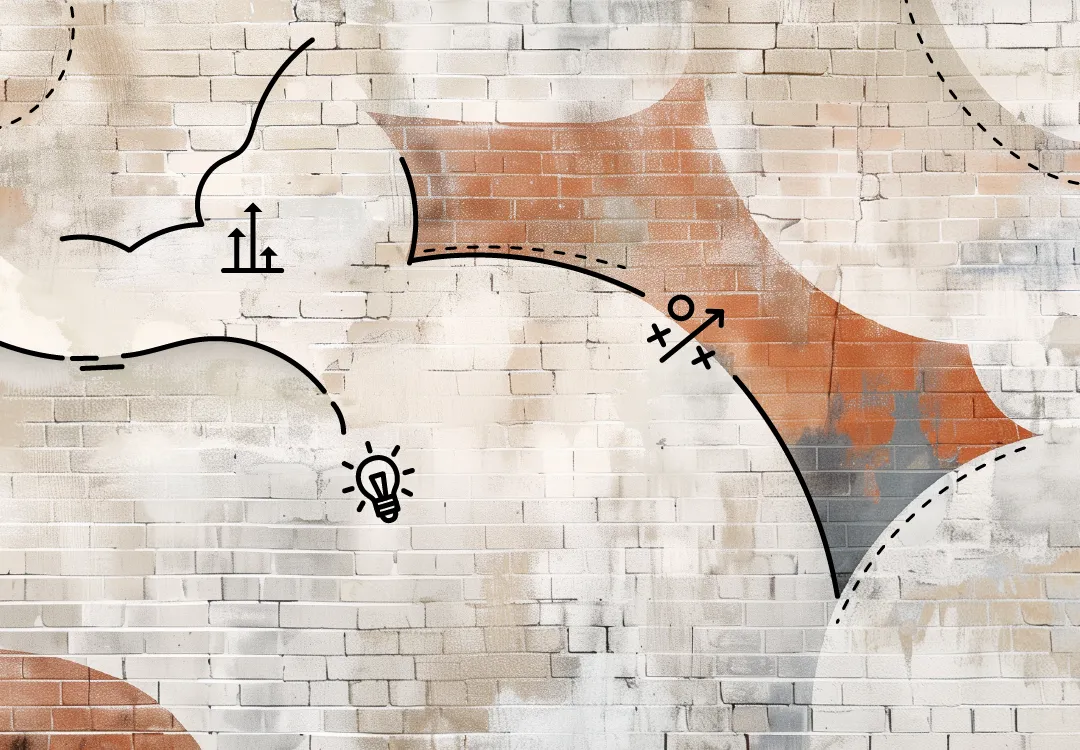Article
The 4 pieces you need to improve workforce planning

Related services and insights
TalentImproving internal mobility programs: How to win the talent war through internal recruitment
Strategic workforce planning ensures organizations have the right people in the right positions to meet current and future demands. Creating successful workforce planning solutions requires leaders to think beyond one single obstacle or challenge, and instead, envision their organization’s future challenges holistically.
To improve workforce planning efforts, organizations should visualize workforce planning like a puzzle made of four pieces: organizational strategy, processes, people, and data. Each puzzle piece is a distinct, valuable unit, but the pieces are dependent on one another to create a completed image. Similarly, to improve organizational capacity and meet existing and future demands, leaders need to incorporate all four of these pieces to achieve true workforce optimization.
The four pieces of improved workforce planning
1
Organizational strategy
A strong workforce planning effort starts with zeroing in on an overarching strategy. What is your goal, and what type of people and skills do you need to reach it? To build a strong workforce development foundation, start by asking: how is my organization’s workforce currently aligned, or misaligned, to our business strategy and mission? A misaligned workforce can slow an organization’s growth and limit its ability to pursue key objectives.
Consider
- How does your workforce push your strategy forward?
- What skills does your current workforce need to help you reach your goals?
- How do your existing career paths align with your organization’s strategy?
2
People
People are central to workforce planning—yet rely on the three other pieces. To reach any goal, an organization must have the right number of people in the right positions with the right skills. The process of realigning talent to meet goals looks different in every workplace. You may need to rewrite position descriptions, revamp roles and responsibilities, revise skills and competency models, and rethink succession plans to align with organizational strategies.
Consider
- Are you hiring or recruiting people with the skills your organization needs?
- Is your existing staff trained in the skills needed to advance your organization’s mission?
- How will you buy, build, or borrow the talent necessary to fill your skill gaps?
3
Processes
Having the right people is essential, but an organization can’t thrive without processes that set employees up for success. Optimizing processes looks different depending on the situation. One task may be hindered by technology, while you may be able to fully automate another. Focus on implementing and documenting consistent procedures across the organization. Bottlenecks can occur when a specific process exists only in the mind of the person who performs it. Think about what would happen if a new employee were to take over a certain role. Would they have a clear roadmap outlining how to complete their work? Documenting key processes can help your organization stay agile, address inefficiencies, and improve existing workflows.
Consider
- What are the bottlenecks in your organization’s key processes?
- Are your organization’s processes documented clearly and consistently?
- Could any of your processes be streamlined or hindered by technology?
4
Data
Many organizations have underutilized data at their fingertips that could help get workforce planning right. First, figure out what data you’re collecting and identify gaps in it. See if there are any other metrics you can easily start collecting to get a better picture of your workforce’s strengths and limitations. With this step complete you can ensure you have the best insights into current and future workforce capacity. Look at time reporting data and service level agreements to see insights including how your workforce spends its time, which tasks are most demanding, which positions need extra support, and what redundant processes could be replaced or revamped.
Consider
- What data are you collecting?
- Are you collecting the right data to help you anticipate future workload and staffing needs?
- Does your staff have measurable targets of where to spend their time?

